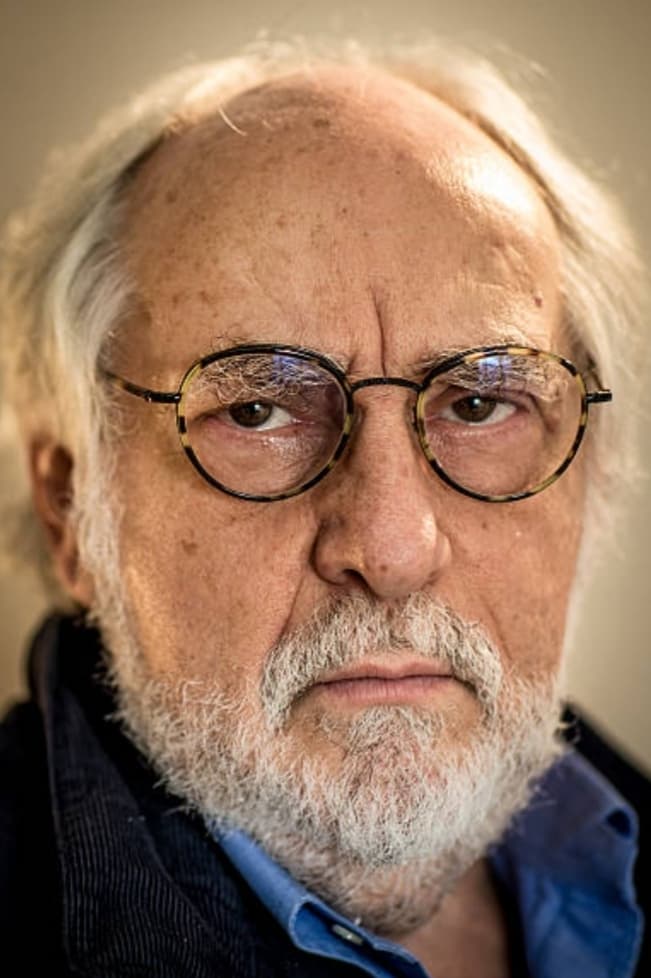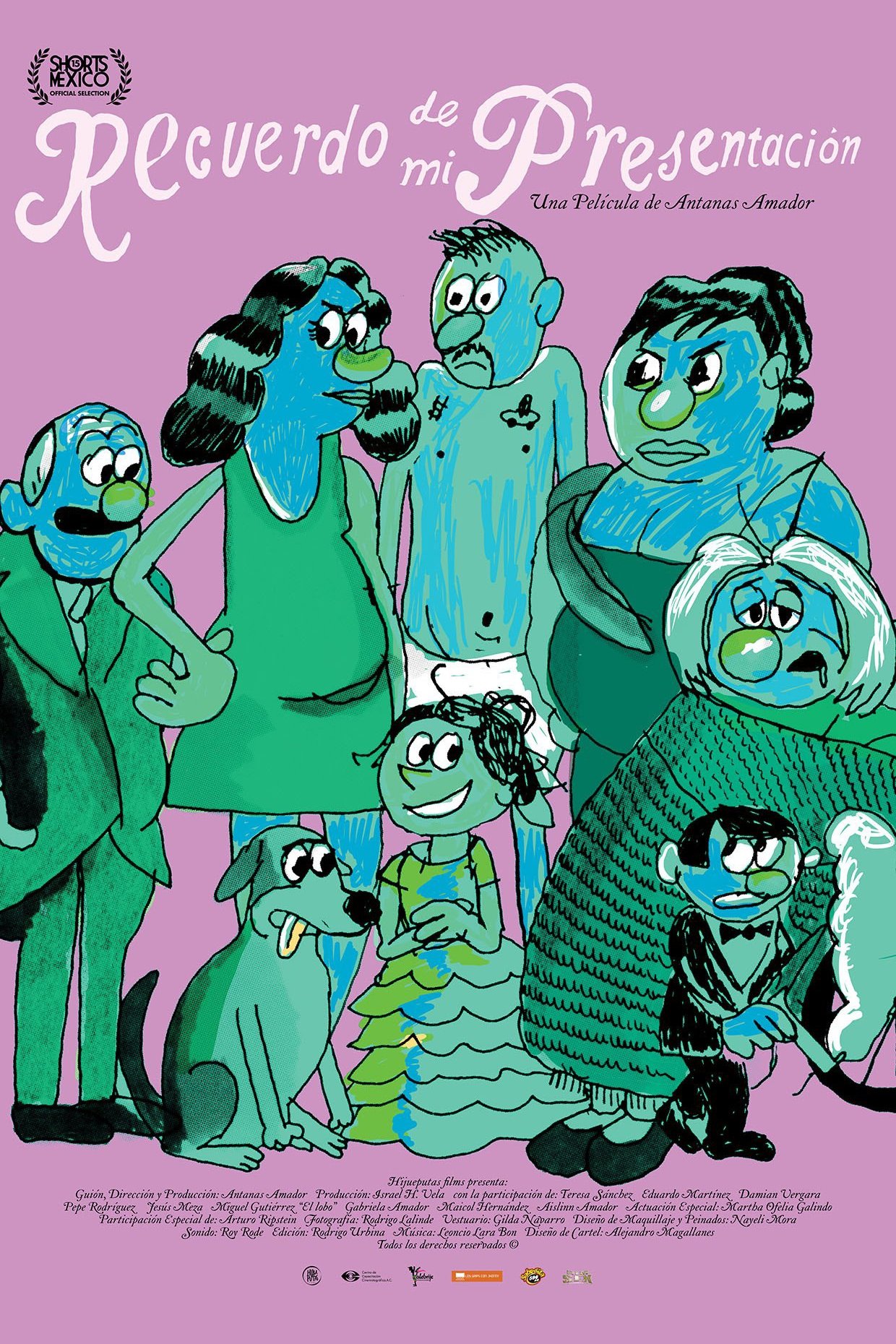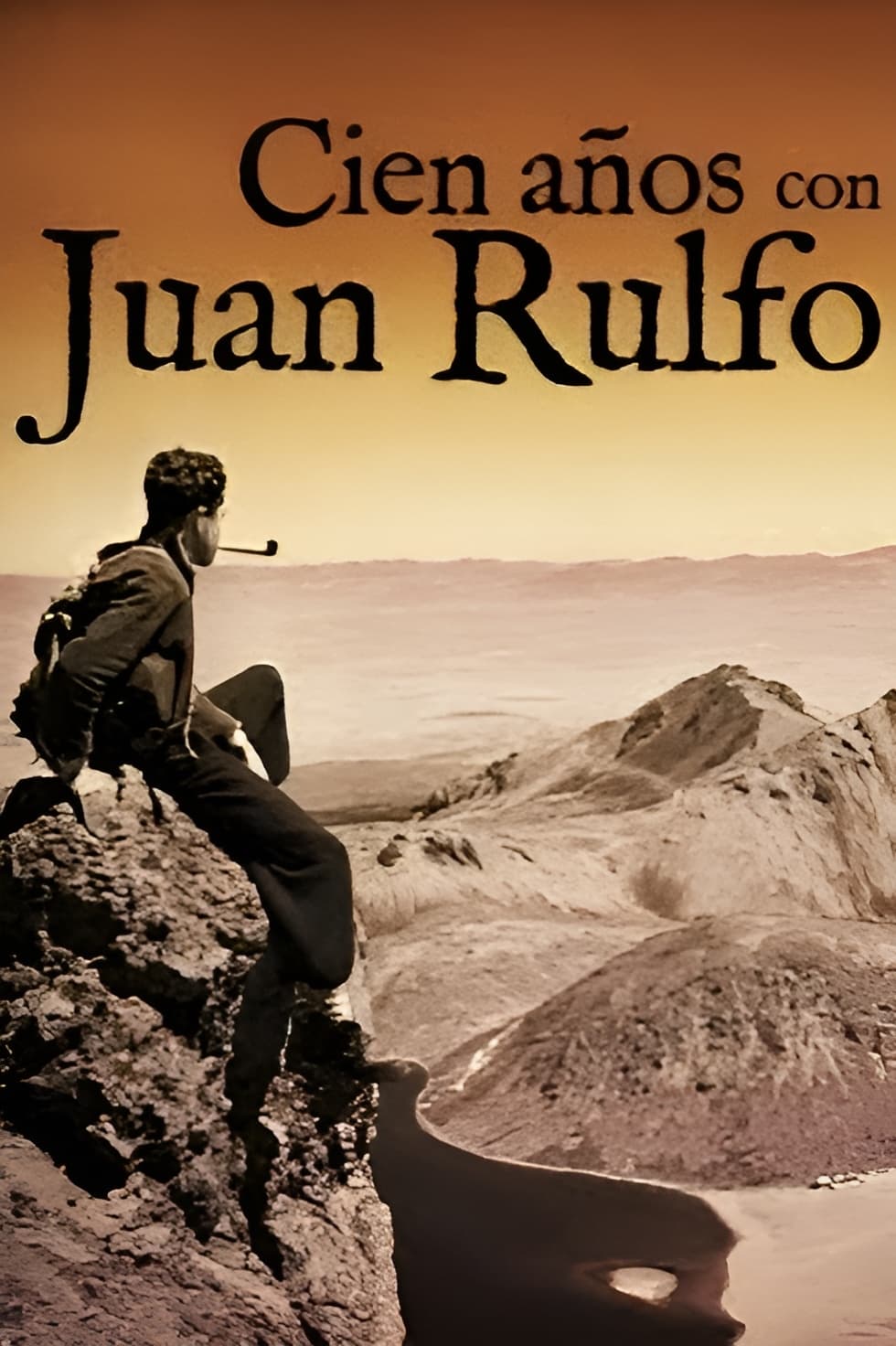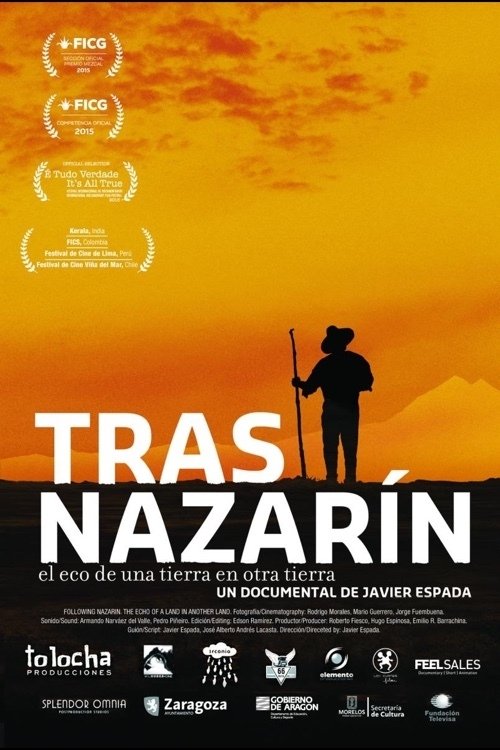


This documentary explores key moments in the life of writer Juan Rulfo, with artists such as Werner Herzog and Eduardo Galeano reflecting on his work.

After her experiences in Nazi Germany, actress Macarena Granada traveled to Hollywood, where she became a star. In the 1950s, the diva returns to Francoist Spain to star a Hollywood blockbuster about Queen Isabella I of Castile. (A sequel to The Girl of Your Dreams, 1998.)

Many stories happen simultaneously through Internet. In the real world, people are lonely, isolated, desperate for finding love, friendship and tenderness. They project themselves as superheroes, with infinity of friends and hypersex. They live asphyxiated in front of their machines, unable to live with the people that surround them, exasperated for finding a pinch of love in the fantasy of the net. Outside the virtual world, they do not exist.

"Nazarín is a Quixote of the priesthood " "Among the films I have made in Mexico, Nazarin is one that I prefer." "As inexplicable as the accidents that set it off, our imagination is a crucial privilege."

A singer is on the run from the law and a criminal gang. She takes refuge at a hotel where she finally reveals a complex story of betrayal and revenge to the investigating detective.
Arturo Ripstein y Rosen (born December 13, 1943) is a Mexican film director. Ripstein got his break into movies working as an uncredited assistant director for Luis Buñuel. In 1965, he directed his first feature, Tiempo de Morir. Written by Carlos Fuentes and Gabriel García Márquez, it began a tradition of making independent films written by high-profile Latin-American authors. His 1981 film Seduction was entered into the 12th Moscow International Film Festival. His 1989 film Love Lies was entered into the 16th Moscow International Film Festival. In 1997 Ripstein won the National Prize of Arts and Sciences, the second filmmaker after Buñuel to do so. Some of Ripstein's films, especially the earlier ones, "highlighted characters beset by futile compulsions to escape [their]destinies". Many of his films are shot in tawdry interiors, with bleak brown color schemes, and seedy pathetic characters who manage to achieve a hint of pathos and dignity. Asi Es la Vida, according to Jonathan Crow, "boldly reworks the ancient Greek drama Medea, employing a dizzying array of flashbacks and Brechtian devices". Deep Crimson, according to the New York Times, is "a ferociously anti-romantic portrait of an obese nurse and a seedy small-time gigolo whose bungling scheme to swindle a succession of lonely women out of their life savings turns into a killing spree."
By browsing this website, you accept our cookies policy.